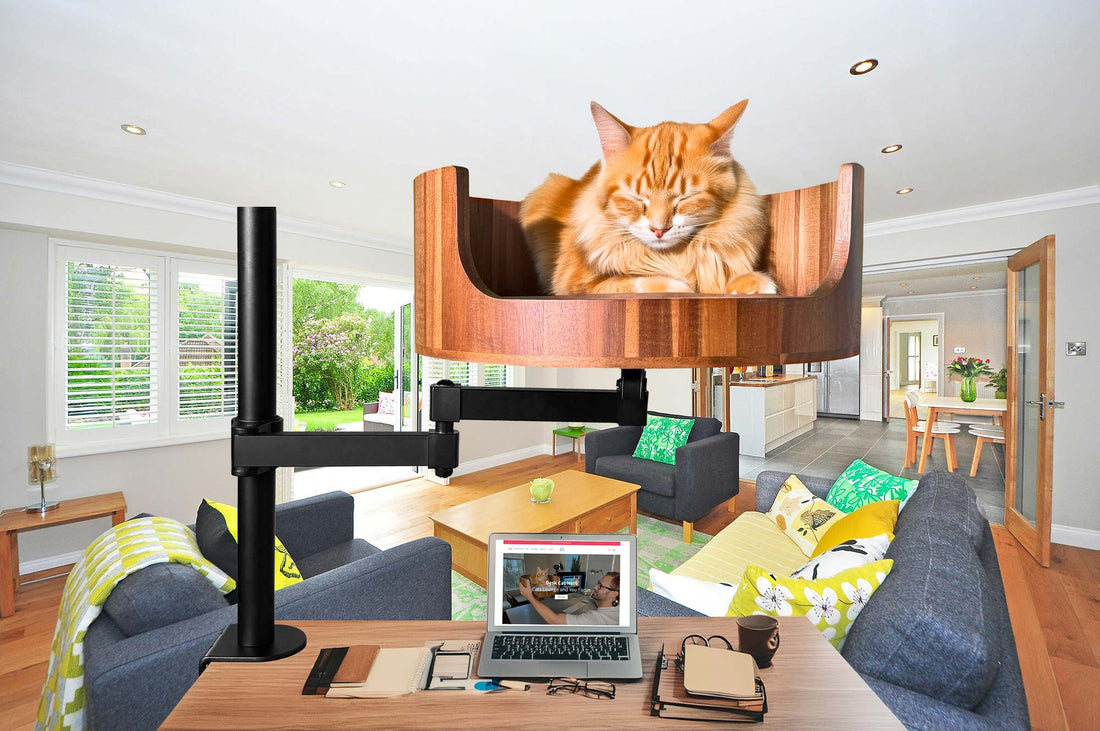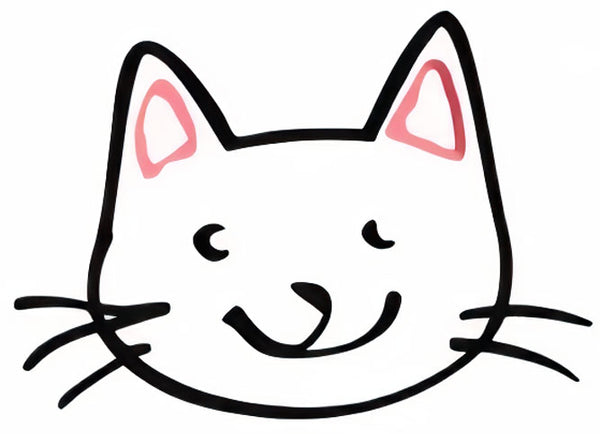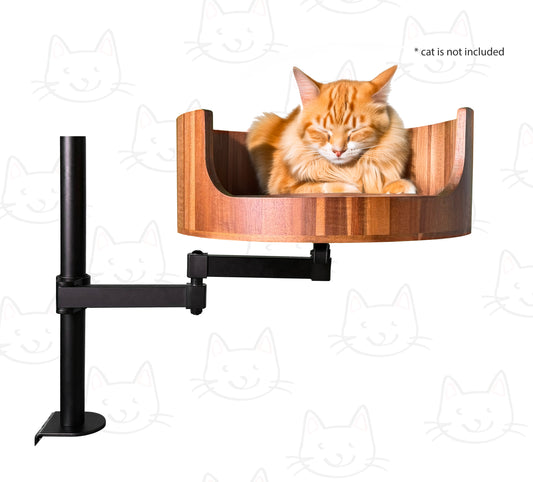
Why Does My Cat Tail Wag? Understanding Feline Behavior
Share
Have you ever watched your cat’s tail wagging and wondered what it means? Cats use their tails to communicate various emotions and signals, and understanding why they wag can provide valuable insight into your feline friend’s behavior. In this article, we will delve into the reasons behind why cats wag their tails, offering valuable information for cat owners looking to better understand their pets.
From the Desk Cat Nest team experts, we will explore the different types of tail wagging and what each one signifies. Whether your cat is flicking its tail back and forth rapidly or swishing it slowly from side to side, each movement conveys a specific message that can help you decipher your pet’s mood. Additionally, we will discuss common triggers for tail wagging, such as stress, excitement, or aggression, so you can better anticipate how your cat will react in various situations. By the end of this article, you will have a deeper understanding of your cat’s behavior and be better equipped to respond to their needs effectively.
1. A cat's tail wagging can indicate various emotions, such as happiness, excitement, agitation, or aggression.
2. Understanding tail movements alongside other body language cues can help decipher your cat's mood and needs.
3. Tail wagging can also be a form of communication between cats, signaling dominance or submission.
4. It's important to observe your cat's overall behavior and context to accurately interpret their tail movements.
5. By paying attention to your cat's tail language, you can strengthen your bond and improve communication with your feline companion.
Understanding Cat Tail Wagging
Cat tail wagging is a common behavior that can indicate various emotions and intentions in felines. A slow, gentle wag usually means that your cat is feeling content and relaxed. On the other hand, a fast and erratic wag may signal excitement, stress, or aggression. It's crucial to pay attention to your cat's body language and other cues to interpret the meaning behind their tail movements accurately.
Cat Tail Language
In addition to wagging, a cat's tail position and movements can convey a wide range of messages. For example, a cat with an upright tail is typically feeling confident and friendly, while a lowered or tucked tail could indicate fear or submission. It's essential to observe your cat's tail along with their overall body language to understand how they're feeling in different situations.
Social Interactions and Communication
Cats use their tails as a vital tool for communication during social interactions with other felines and humans. When cats greet each other, they may engage in tail-touching or weaving as a way to exchange scents and establish rapport. Similarly, your cat may use their tail to greet you or show affection by wrapping it around your leg or rubbing it against your body. Understanding these subtle cues can help strengthen your bond with your feline companion.
Health Issues and Tail Wagging
In some cases, excessive tail wagging or unusual tail movements could be a sign of underlying health issues in cats. Conditions such as pain, neurological disorders, or injuries can cause changes in tail behavior. If you notice any sudden changes in your cat's tail wagging patterns or if they seem to be in pain, it's essential to consult with a veterinarian for a thorough evaluation and appropriate treatment. Taking prompt action can help address any potential health concerns and ensure your cat's well-being.
FAQs
Why does my cat's tail wag?
Cats use their tails as a way to communicate their mood and intentions. A wagging tail can indicate excitement, happiness, or agitation. It's important to consider your cat's overall body language and the context of the situation to understand why their tail may be wagging.
Is tail wagging always a sign of aggression?
Tail wagging can be a sign of aggression in some cases, especially if your cat's ears are flattened back and their body is tense. However, tail wagging can also indicate playfulness or happiness. It's important to consider the context of the situation and your cat's overall body language to determine the meaning behind their tail wagging.
Should I be concerned if my cat's tail is constantly wagging?
If your cat's tail is constantly wagging and they seem agitated or anxious, it may be a sign of stress or discomfort. Consider any recent changes in their environment or routine that may be causing them distress. If you're unsure, it's always a good idea to consult with your veterinarian to rule out any underlying medical issues.
Can the Desk Cat Nest help with calming down a cat who wags their tail excessively?
The Desk Cat Nest provides a cozy and comfortable space for your cat to relax and feel secure. While it may not directly address the underlying reason for your cat's tail wagging, creating a calm and safe environment can help reduce stress and anxiety in your cat, which may in turn help reduce excessive tail wagging.
In conclusion, a Desk Cat Bed can greatly help with understanding why your cat's tail wags. Providing a comfortable and secure space for your furry friend to rest and relax can help reduce stress and anxiety, leading to a decrease in excessive tail wagging behavior. The elevated design of the Desk Cat Bed also allows cats to survey their surroundings and feel more secure, further promoting a sense of calmness. With added features such as a cozy cushion and sturdy construction, this product offers both comfort and support for your cat's well-being. So, if you're looking to address the issue of why your cat's tail wags, consider investing in a Desk Cat Bed for a happier and healthier feline companion.



















































